 Public Landfill Operation Management
Public Landfill Operation Management
In Taiwan, landfills have always played a significant role in waste management. However, as waste fills up landfills, their capacity gradually decreases. Due to difficulties in acquiring land and public opposition, constructing new landfills has become increasingly challenging. Therefore, extending the lifespan of existing landfills is critical. Management units should implement operational management plans established by competent authorities to ensure landfill operations comply with regulations. This includes adhering to guidelines on waste types handled, fee standards, control measures, and operational protocols. Proper planning for waste sorting and screening can facilitate reuse and enhance future land use options for the landfill sites. Currently, public landfills are often used as the final disposal sites for stabilized incineration ash and non-combustible waste.
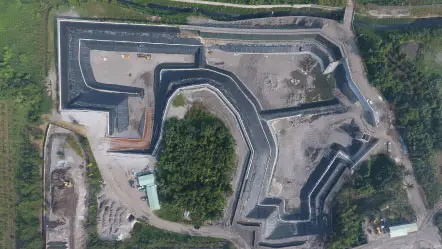
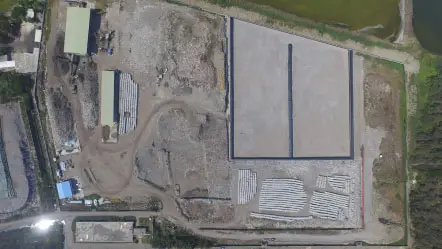
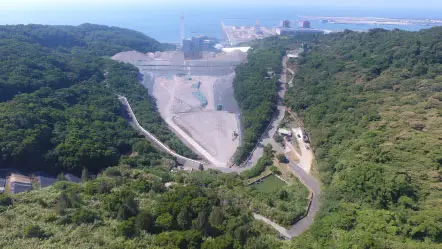
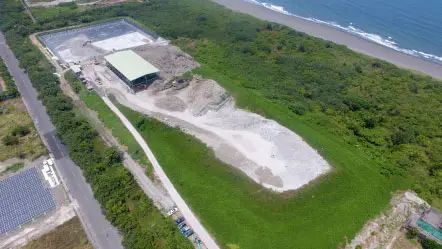
From 1985 to 2002, Taiwan implemented the first, second, and third phases of the "Waste Management Plan" to support local governments in constructing, expanding, and improving sanitary landfills to effectively handle household waste. In the 1980s, the policy shifted to "incineration as the primary method, landfill as supplementary." In 2003, with the introduction of the "Review and Outlook on Waste Management Program," the government fully promoted the "zero waste" initiative, focusing on waste reduction and resource recycling. This policy aimed to effectively recycle resources, gradually achieving the goal of zero waste and full recycling, significantly reducing the amount of waste imported into landfills. Landfills have since been repurposed as final disposal sites for incineration ash and non-combustible waste. They also serve as temporary facilities for household waste during incinerator maintenance or natural disasters.
To improve landfill operational management nationwide, the Environmental Inspectorate (now the Environmental Management Administration) began providing comprehensive guidance on landfill operations in 2013. In 2014, efforts were intensified to manage local waste transfer stations and public coastal (or riverside) landfills. These measures established a hierarchical management system, enhancing the efficiency of landfill and transfer station operations while maintaining the quality of environmental facilities.
Specific ActionsSince 2013, the administration has conducted comprehensive audits of operational landfills. In 2014, it expanded inspections to include local waste transfer stations and the maintenance of storage facilities at public coastal (or riverine) landfills. Through a hierarchical management system, the administration aims to enhance the operational efficiency of facilities while continuing to promote diversified waste management programs to support local governments in landfill revitalization, organization, soil coverage, and disaster monitoring. The current implementation status is as follows:
Landfill Management Supervision and Three-Level inspectionTo ensure the proper operation and maintenance of landfills, the administration has established a three-level inspection system: first-level self-inspection, second-level supervisory audits, and third-level comprehensive inspection. This system effectively reinforces compliance and ensures sustainable management of landfill facilities.
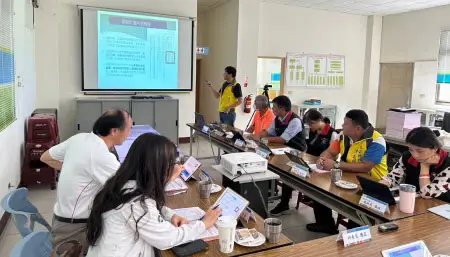
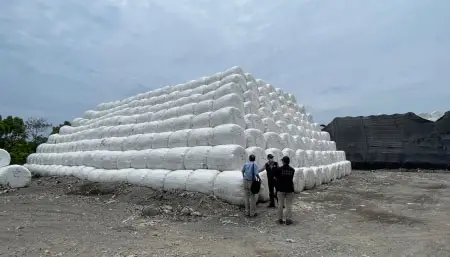
The administration addresses the shortage of landfill space for stabilized fly ash and non-combustible waste by revitalizing landfills and improving the efficiency of auxiliary facilities. These efforts optimize the utilization of existing landfills, enhance land-use efficiency, and strengthen Taiwan's disaster waste response capacity.
Environmental Facility and Equipment Organization and MaintenanceIn response to the upgrading of incineration plants, the administration supports local governments in repairing, maintaining, and improving the performance of public environmental facilities, including landfills and related auxiliary structures. It also conducts surveys and evaluations of the operational management of existing facilities within jurisdictions to optimize resources. These measures aim to enhance pollution prevention efficiency and improve emergency response capabilities.
Introducing AI-Driven Digital Governance: Establishment of the "Taiwan Landfill Uncovered Waste Monitoring System"In recent years, the issue of exposed waste piles at landfill sites across various municipalities has raised concerns regarding management and disaster prevention. To address these challenges, the administration has developed intelligent systems for monitoring, early warning, and real-time reporting to enhance the overall effectiveness of landfill management.
The administration has progressively advanced the "AI-Enabled Digital Governance Program for Exposed Waste at Landfills," consolidating nationwide data on the status and proper treatment of exposed waste. By monitoring conditions by municipality and landfill site, the administration has established the "Taiwan Landfill Uncovered Waste Monitoring System."
Annual Performance DataThe administration has established a three-level inspection system for public landfills nationwide, engaging experts and scholars to participate in evaluations. Facility management units conduct 1st-level self-inspection, county (city) environmental protection bureaus perform 2nd-level supervisory audits, and the administration carries out comprehensive inspection. These inspections focus on access control, leachate treatment, structural safety of facilities, landfill operations, occupational safety, and correction of deficiencies, aiming to improve landfill facilities and disaster preparedness. Beyond the three-level inspection system, the administration also conducts irregular inspections, dispatching personnel for on-site supervision and guidance to track and evaluate the current status of landfills across different regions.
To enhance local governments' waste processing capacity, the administration provides subsidies for landfill facility maintenance, reorganization, and revitalization projects. Completed revitalization projects include landfills in Kaohsiung City, Chiayi County, Tainan City, Yilan County, Pingtung County, Changhua County, Hualien County, and Taichung City.
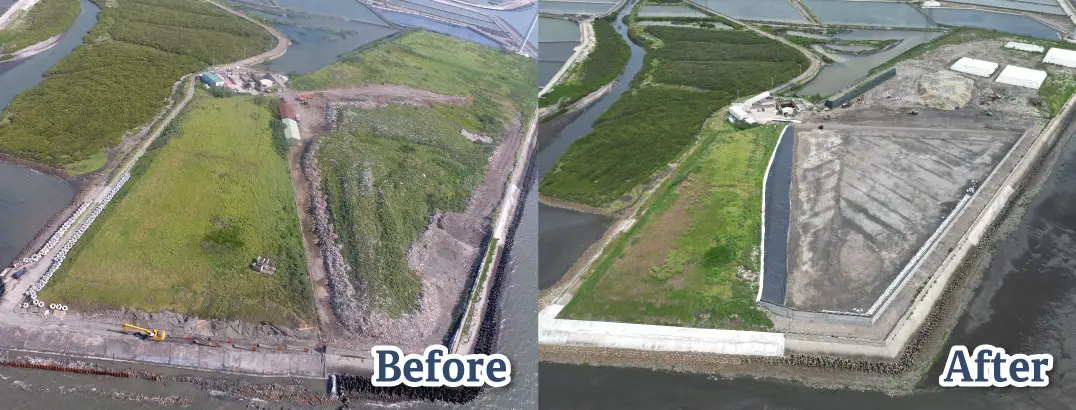
- Data Source: Division of General Waste Management
- Publish Date: 2024-08-27
- Update Date: 2025-12-01

 Related Topics
Related Topics




